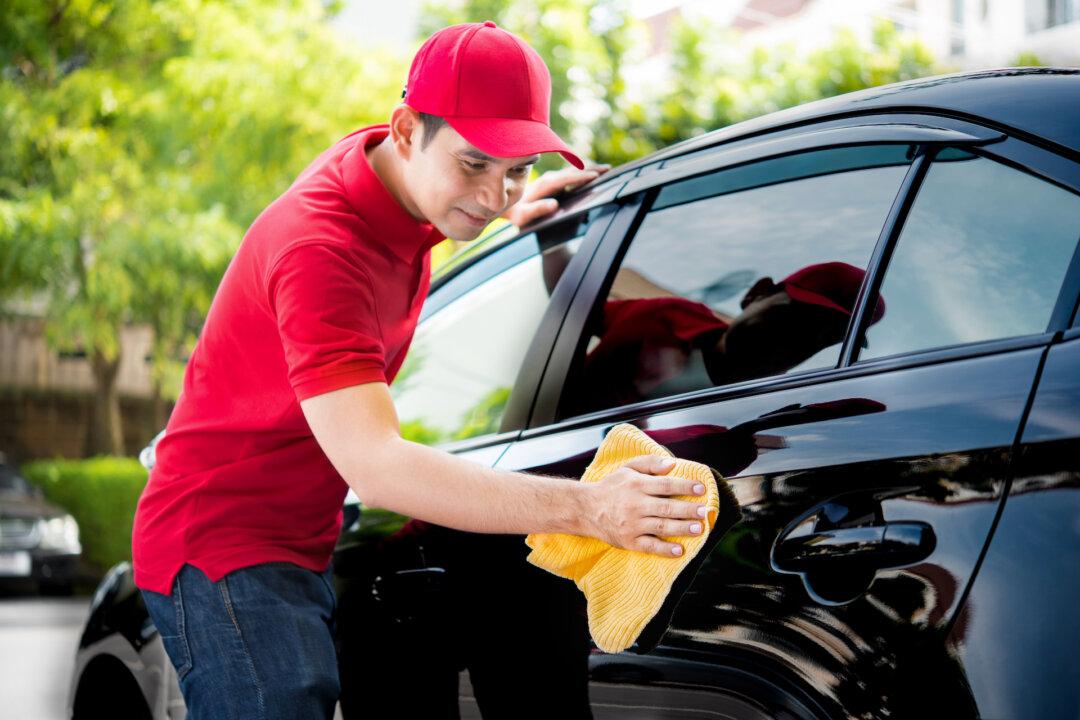Cars are expensive, so it makes sense to keep them looking like new with regular detailing sessions. Regular detailing also helps preserve their value. It’s also more fun to drive a clean car. Along with saving money, there are many benefits to learning how to detail your car like a pro.
There are many professional detailing services to choose from, but they’re often expensive or don’t do the job correctly. The best way to make sure it’s done right is to make it a DIY project. The process isn’t easy or fast, but the results make it worthwhile.






